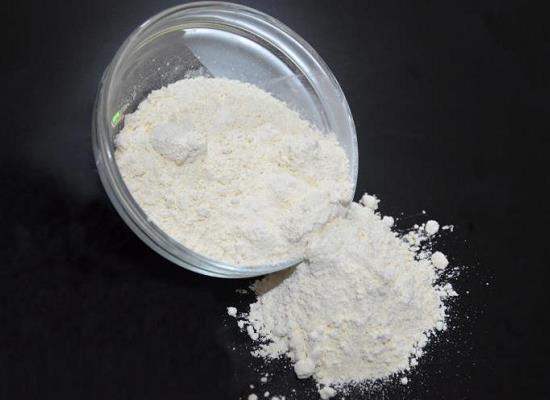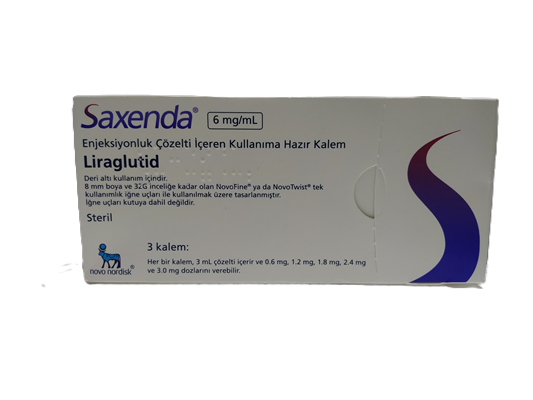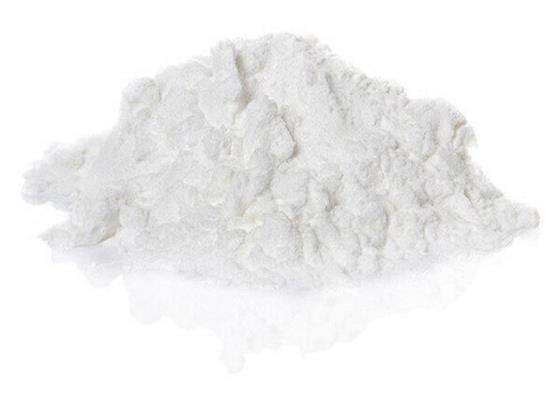Generation and Uses of Ketone Bodies
Generation of Ketone Bodies
Ketone Ester is an orally available ketone monoester that acts as a precursor to ketone bodies. Ketone bodies are formed in the liver from free fatty acids released from adipose tissue. As the blood concentration of free fatty acids increases, the concentration of blood ketone bodies increases accordingly . Ketone bodies act as a physiological respiratory substrate as a physiological response to chronic starvation in humans , where blood levels of ketone bodies reach 5-7 mM. If the release of free fatty acids from adipose tissue exceeds the ability of the tissue to metabolise them, such as during insulin deficiency in type I diabetes mellitus or, less commonly, insulin resistance in type II diabetes mellitus, a severe and potentially fatal diabetic ketoacidosis may occur. Acidosis, in which blood ketone body levels can reach 20 mM or more, resulting in a decrease in blood bicarbonate to nearly 0 mM and a decrease in blood pH to 6.9 Elevated blood ketones lead to elevated blood uric acid, which can lead to gouty crisis. This can be done by taking potassium citrate orally.
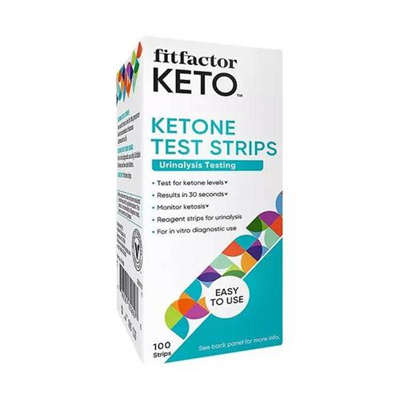
Ketosis occurs during starvation in humans. It occurs only in species other than lactating dairy cows, where ketosis may occur because of the high demand for lactose production in milk production. This form of ketosis can be treated by giving glucose. In this case, ketosis occurs due to competition for the oxaloacetate required for gluconeogenesis, where a deficiency of oxaloacetyl coenzyme A prevents acetyl coenzyme A in the liver from entering the Krebs cycle, leading to increased ketone body production.
Uses of Ketone Bodies
Ketone bodies exert ester-general inhibition of bifidobacteria and Th17 cells. Ketone Bodies Produced in Response to the Ketogenic Diet Reduce Bifidobacteria and Th17 Cells in the Intestine With increasing levels of carbohydrate restriction, the ketogenic diet elevates ketone bodies, such as beta-hydroxybutyrate, through host oxidation of lipids. This leads to reductions in bifidobacterial (the magenta rods), bacterial species of the gut microbiota that promote Th17 cells (the purple cells). By suppressing bi- fidobacteria, the ketogenic diet reduces levels of Th17 cells in the small intestine. Refer to the results below for details:
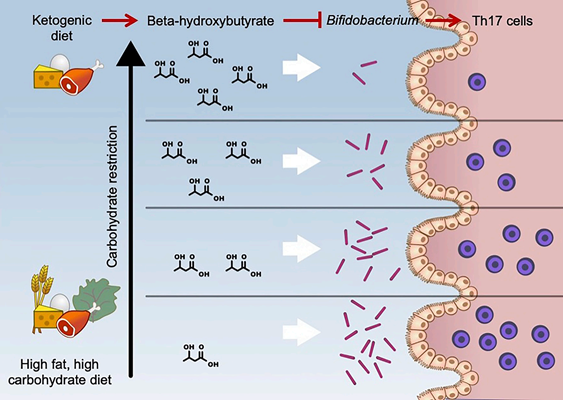
References:
[1] OLSONCHRISTINE A HsiaoElaine Y LumGregory R. Ketone Bodies Exert Ester-Ordinary Suppression of Bifidobacteria and Th17 Cells.[J]. Cell metabolism, 2020, 31 6: 1049-1051. DOI:10.1016/j.cmet.2020.05.011.
[2] L V. Ketone ester effects on metabolism and transcription.[J]. Journal of Lipid Research, 2014, 55 10: 2004-2006. DOI:10.1194/jlr.R046292.
You may like
Related articles And Qustion
See also
Lastest Price from Ketone Ester manufacturers

US $0.00/kg2025-08-26
- CAS:
- 1208313-97-6
- Min. Order:
- 1kg
- Purity:
- 99%
- Supply Ability:
- 20ton

US $0.00-0.00/KG2025-05-12
- CAS:
- 1208313-97-6
- Min. Order:
- 1KG
- Purity:
- 97.5%
- Supply Ability:
- 20000

